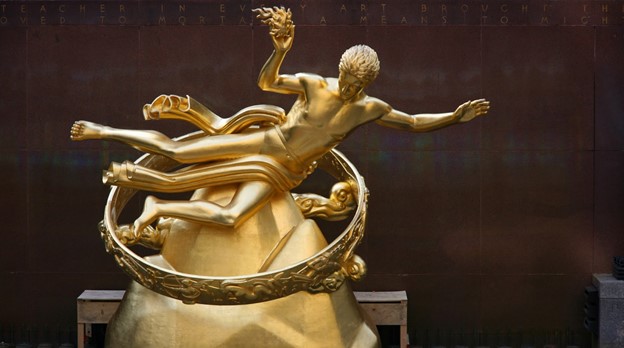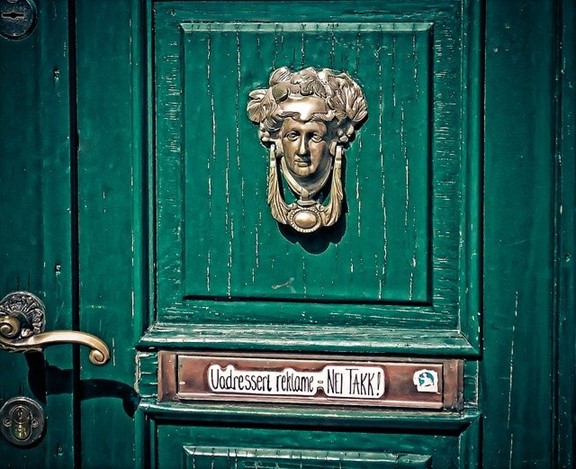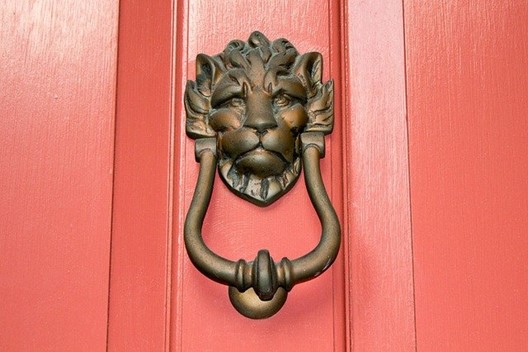Bronze is among the most common alloys today. Originally, it was made from copper and tin with tin making up 12%. However, manufacturers nowadays substitute tin with aluminum, zinc, manganese, and other metals. Today, we talk about bronze sales and everything else you should know about this alloy. Read on to learn more.
What Is Bronze?
It is an alloy made up of copper and tin. It has a deep brown color with a golden sheen. Copper takes about 60-90%. Manufacturers heat both metals together, stir, cool and solidify the mixture. Note that the amounts of copper and tin can vary, and other metals can be added to the mixture to add more useful properties to bronze. It is related to brass, which is a zinc and copper alloy, as they share most properties.
Bronze is stronger than copper and tin. Some of the things that make it special include;
· Perfectly glides against other metals
· Resists corrosion
· Gives appealing finishes on surfaces
· High electrical conductivity
· Doesn’t spark
What are the Types of Bronze?
Silicon bronze– contains copper, zinc, and 6% silicon. It can also include other alloys like tin and zinc. It’s used in the aerospace industry.
Manganese– made of 3% manganese, copper, aluminum, iron, and zinc. Mostly used by manufacturers of boat propellers and in making bolts, gears, and pump parts.
Aluminum bronze– includes copper and 6-12% aluminum. It’s mostly used in the water and oil industries.
Phosphor bronze– made with tin, copper, and 0.035% phosphorus. The presence of phosphorous makes it resist wear. Mostly used in electrical products and creating bellows, spring washers and diaphragm.
Bearing bronze– contains a lead content of 6-8%, which makes it have low friction. It’s used in making bearings and bushings.
How Much Does Bronze Cost?
When sold as scrap, the bronze goes for about $1.20- $1.60 per pound, and per ounce, it costs $0.08-$0.10 on average. However, prices differ depending on the current market conditions. But expect to pay more money for pure bronze.
What Is Bronze Used for?
Bronze was used in armor and weaponry in the past. That’s because of its durability and anti rust properties. Today, it is mostly used in medals, although this wasn’t the case until 1904. This alloy has also been used to make coins due to its ability to resist rust. Additionally, plumbers use it as it is durable and aesthetically appealing. Bronze tubes are highly durable as they are sturdy and don’t rust.
Some people also use it as a bell metal when manufacturing bells and cymbals. Plus, since bronze is non-magnetic and doesn’t produce sparks, it is used in making safety tools.
Bronze Sales – What Should I Look for in a Company that Sells Bronze?
Whether you want to buy bronze bars, bronze rods, bronze sculptures, or any other thing made of bronze, there are some things that you should look for in a company that sells these products. A great bronze selling vendor should;
Only Buy High-Quality Bronze
Bronze is designed to last for many years, which is why you should purchase an item that is made with high-quality material to withstand wear and corrosion. Now, there are some ways you can tell whether the bronze is of high quality;
· Look at the detailed parts- make sure that the surface is shiny, smooth, and has no holes.
· Examine the proportions- for instance, if you are buying a bronze sculpture, look at the face, legs, torso, and hands and determine that all parts are proportional.
Have a Good Reputation
Reputation is everything when buying from any company. Bronze, because of its impressive features, isn’t sold at a cheap price. Therefore, look for a company that has a good name to ensure that you get the real value of what you paid for. Read their reviews and go through their site to determine whether a company is a reputable bronze seller. Additionally, shop on a site that offers easy returns should you want this service.
Display Quality Images
If you are buying online, try to work with a seller with quality pictures on their site. High-quality images allow you to inspect the item thoroughly and judge whether it is of high quality. Plus, it also shows that a seller is confident of what they are selling.
Conclusion
Bronze has many advantages, which is why you should consider using it in your next project. Contact Rotax Metals for assistance in choosing the right bronze. Rotax has industry experience working with different metals and have been around since 1943. You can also shop our high-quality bronze, copper, and brass products.




